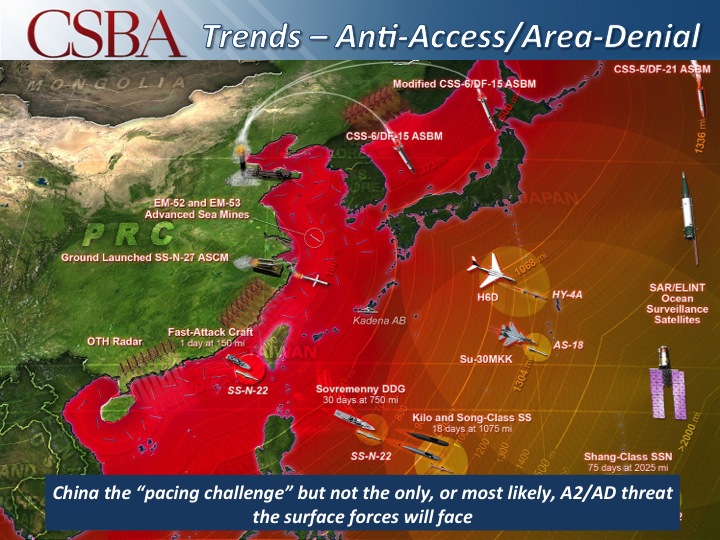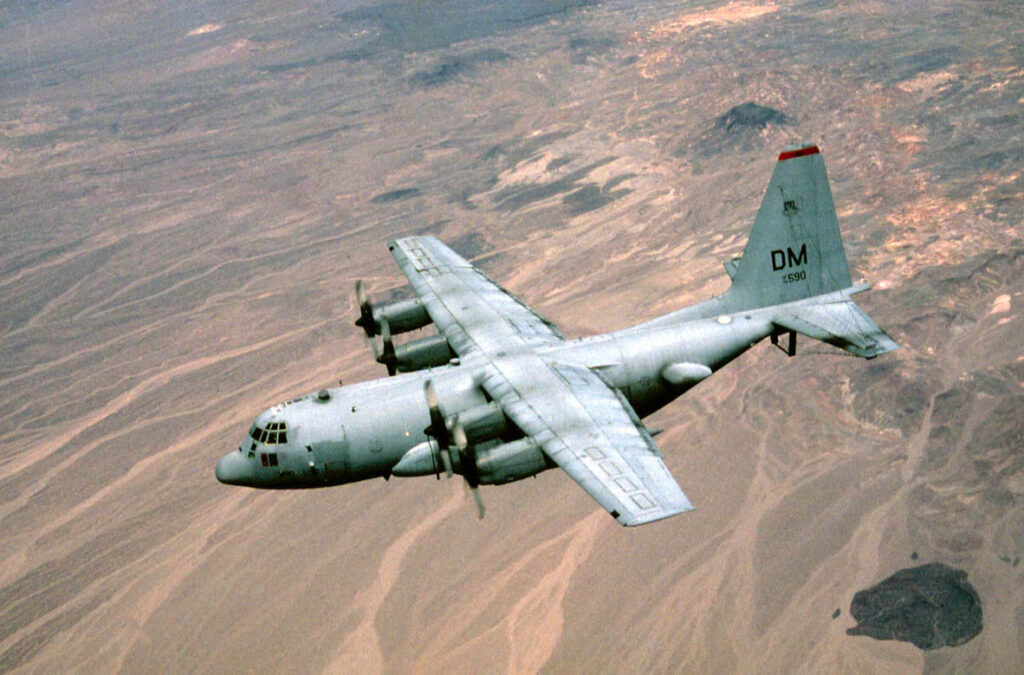Artificial Intelligence For Air Force: Cyber & Electronic Warfare
Posted on

Graphic courtesy CSBA
AFA: The Air Force wants artificial intelligence to track and react to cyber and electronic threats, to update countermeasures against enemy hackers, radars, and missiles faster than human minds can manage. But first you have to fix the basics.
Today, the Department Of Defense Information Network (DODIN) is really not a single network, but a quasi-feudal patchwork of often incompatible local networks. It’s the Holy Roman Empire of cyberspace. There are so many dark corners and hidden vulnerabilities that no amount of intelligence — human or artificial — can monitor them all, let alone defend them.
“It’s hard to do things at scale across a fragmented set of networks (that) grew up over decades as separately managed, separately architected networks,” said Lt. Gen. Kevin McLaughlin, deputy commander of Cyber Command. If you tried to introduce artificial intelligence cybersecurity now, he told me after his remarks at the Air Force Association conference here, it couldn’t do what’s envisioned, “not efficiently, not at scale.”
“So we are moving more and more as a department to the ability to see across all of our terrain at the same time,” McLaughlin told me. Critical steps include overhauls like the Joint Information Environment (JIE) and new cybersecurity standards for weapons systems. “As you connect (systems) into the DoD environment, we’re gonna make sure that you can see across all of those things.”
Once that groundwork is laid, McLaughlin went on, then you can build on it with more advanced technologies like big data analytics and artificial intelligence. Those are key parts of Defense Secretary Ashton Carter’s “Third Offset Strategy” for military modernization. Once you’ve rationalized the network, McLaughlin told, “then you enable those forward-leaning ideas that the secretary’s talking about, and we would be looking for the very best things we could get from industry.”

EC-130 Compass Call electronic warfare aircraft, used for an experimental cyber attack
Automated Response
How would artificial intelligence work, once we got it to work? Carter and his deputy, Bob Work, have said in broad terms that military AI might get its start in the increasingly overlapping worlds of cybersecurity and electronic warfare — in essence, hacking and jamming — rather than in drone fighters or sci-fi style killer robots. But two Air Force two-stars today provided some details of AI would swiftly sort through masses of incoming data, pick out threats, and automatically update defenses across the force.
“The two things we seek from automation are speed and scale,” said Maj. Gen. Christopher Weggeman, commander of 24th Air Force and Air Forces Cyber. Computers already rely on automated updates to patch vulnerabilities — although that’s hard to do across the current, fragmented DoD network. A future cybersecurity AI could do more, recognizing a threat already inside the network and automatically rerouting traffic around the infected computers, for example.
“The other thing automation will allow us to do is scale a very limited workforce, a talent pool that’s finite,” Weggeman told me. Especially now that the Pentagon needs to secure its weapons systems with their built-in electronics, not just conventional computers, there’s just “too much terrain” to defend it all manually, he said. Automated systems need to clear out the brush of ordinary problems so humans can find and address the bigger threats.
Automation can also help against enemy radars and jammers — what’s called “cognitive electronic warfare.” Traditional electronic warfare involves detecting an unknown electromagnetic signal, sending up specialized EW planes to gather data, analyzing it on the ground, and finally updating every aircraft’s radar-warning system, jammers, and other countermeasures. An AI could pull in data from aircraft in flight, detect a new threat, and automatically issue appropriate updates to every aircrafts’ EW software so they can counter it. The AI would also update maps of where threats were and automatically reroute both manned and unmanned aircraft around them, Maj. Gen. Thomas Deale told me, kind of like a map app on your phone directing you around a traffic jam.
“Air superiority is not something we are going to be able to assume,” Deale, director of operations at Air Combat Command, told the AFA conference. In future conflicts against high-end adversaries, he said, the US will have to fight to control airspace for limited times and in specific places. That will require automated systems to process all the intelligence data, he said, and commanders capable of combining traditional kinetic weapons with “non-kinetic” tools like cyber.
Subscribe to our newsletter
Promotions, new products and sales. Directly to your inbox.
